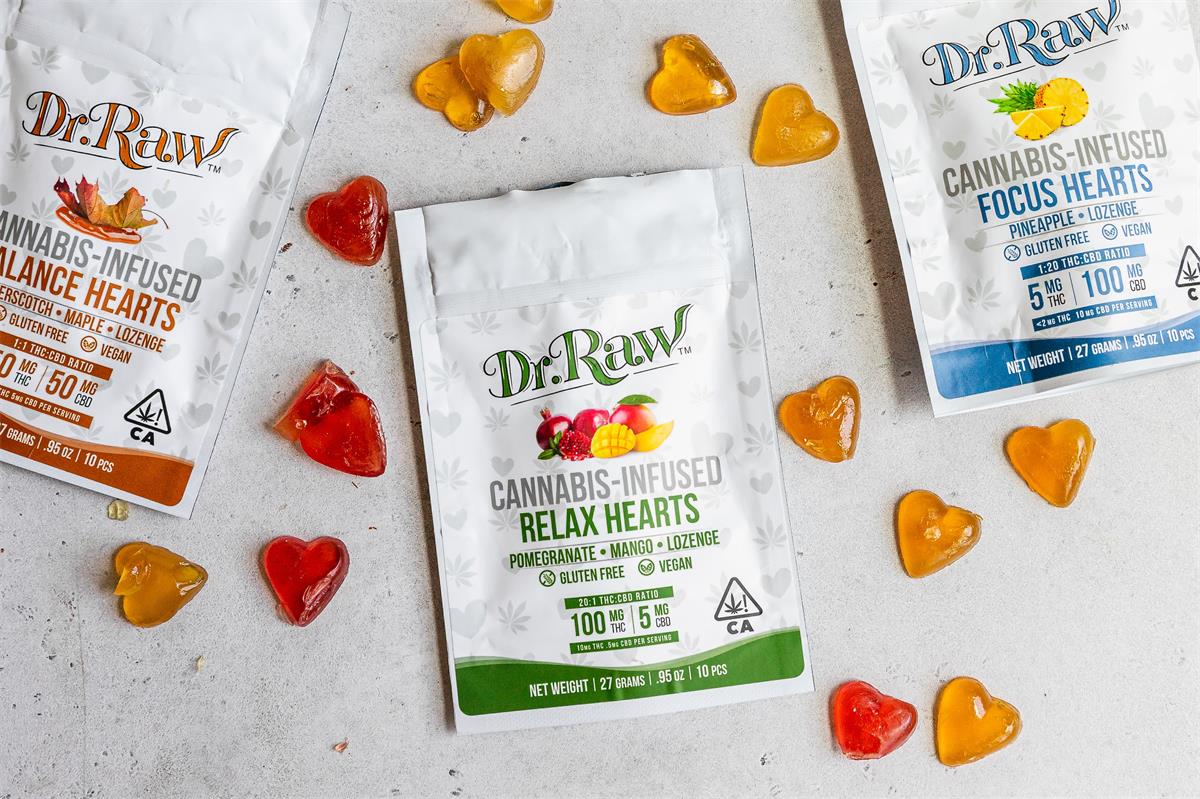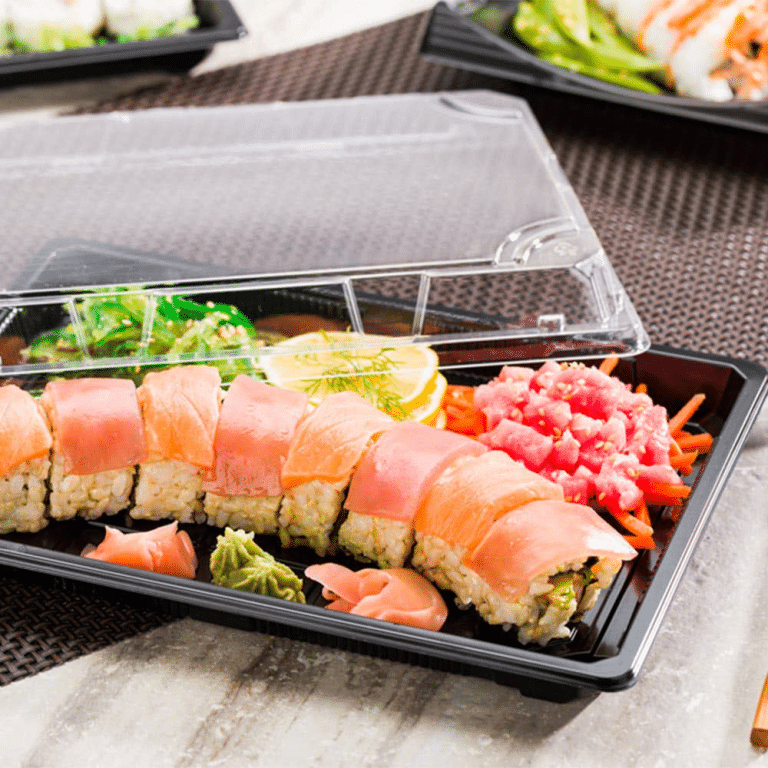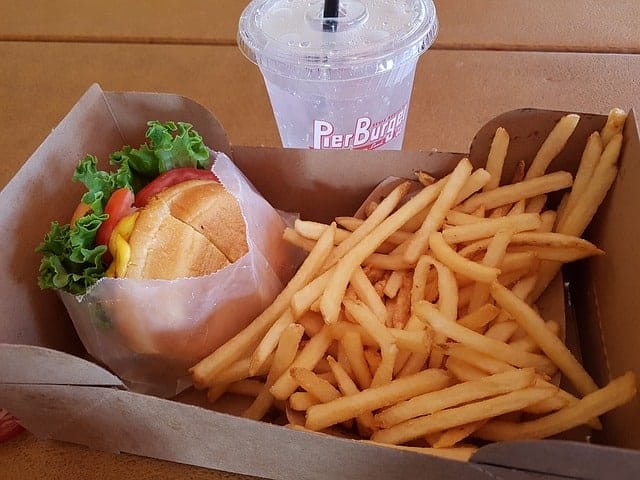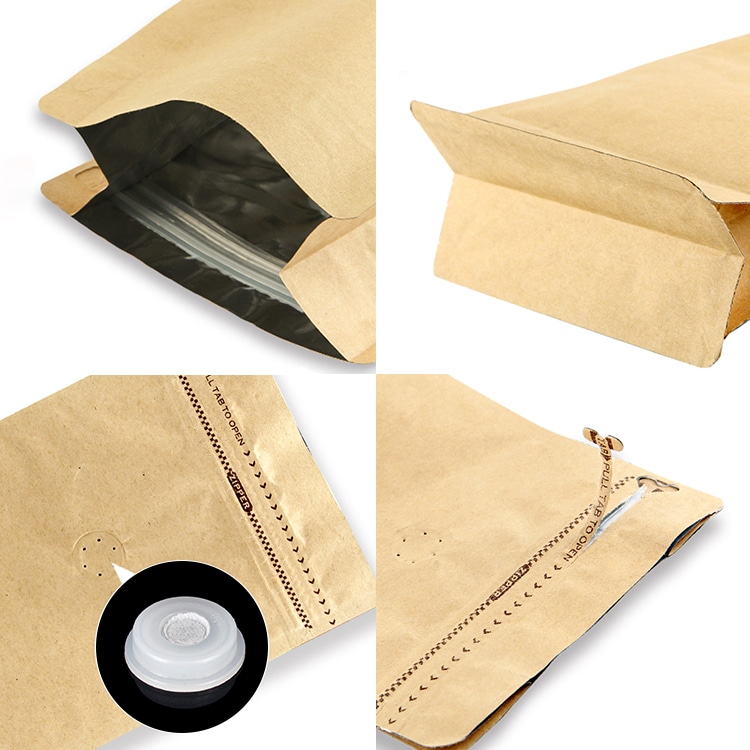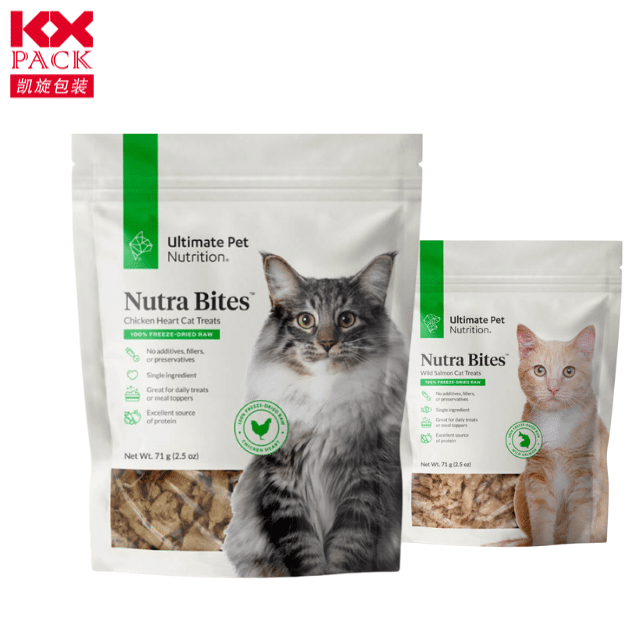Epekto sa Kapaligiran ng Mga Food Packaging Bag at Sustainable Alternatives
Epekto sa Kapaligiran ng Mga Food Packaging Bag at Sustainable Alternatives

Food packaging bags play a significant role in ensuring the safety, pangangalaga, at transportasyon ng mga produktong pagkain. Gayunpaman, ang produksyon, gamitin, at ang pagtatapon ng mga nakasanayang food packaging bag ay may malaking epekto sa kapaligiran. This article explores the environmental consequences associated with food packaging bags and highlights sustainable alternatives that can help mitigate these effects. By understanding the environmental impact and considering sustainable options, we can move towards a more environmentally conscious and responsible food packaging industry.
- The environmental impact of conventional food packaging bags:
a. Carbon footprint: Examining the greenhouse gas emissions generated throughout the life cycle of food packaging bags, including raw material extraction, manufacturing, transportasyon, and disposal.
b. Waste generation: Discussing the issues of plastic waste accumulation in landfills, oceans, and ecosystems, at ang mga pangmatagalang epekto nito sa kapaligiran.
c. Wildlife at marine polusyon: Paggalugad sa mga epekto ng plastic packaging waste sa wildlife, buhay dagat, and ecosystems, kabilang ang mga panganib sa pagkabuhol at paglunok.
d. Pagkaunti ng mga likas na yaman: Isinasaalang-alang ang pagkaubos ng may hangganang mapagkukunan, tulad ng fossil fuel at tubig, sa paggawa ng mga maginoo na materyales sa packaging ng pagkain. - Mga napapanatiling alternatibo sa kumbensyonal na mga bag ng packaging ng pagkain:
a. Biodegradable at compostable na materyales: Paggalugad sa paggamit ng bioplastics na nagmula sa mga renewable resources, tulad ng cornstarch-based polymers at cellulose-based na materyales, na maaaring natural na biodegrade at compost.
b. Mga recyclable na materyales: Pagtalakay sa kahalagahan ng paggamit ng mga recyclable packaging materials, tulad ng high-density polyethylene (HDPE) at polyethylene terephthalate (PET), upang mabawasan ang basura at itaguyod ang isang pabilog na ekonomiya.
c. Reusable packaging system: Examining the growing trend of reusable food packaging, such as stainless steel containers, glass jars, and cloth bags, which help reduce waste and reliance on single-use packaging.
d. Innovative materials and technologies: Highlighting emerging sustainable packaging materials, such as edible packaging made from seaweed or plant-based films, and advancements in packaging design and production processes. - Challenges and considerations in adopting sustainable alternatives:
a. Cost and scalability: Addressing the cost implications and scalability of sustainable packaging materials and technologies, and the need for industry-wide adoption to drive down costs.
b. Consumer perception and behavior: Discussing the importance of consumer education and awareness in embracing sustainable packaging options and supporting eco-friendly brands.
c. Regulatory support and standards: Highlighting the need for robust regulations and standards to encourage the use of sustainable packaging materials and promote a level playing field for businesses.
d. Collaboration and stakeholder engagement: Emphasizing the importance of collaboration among stakeholders, including manufacturers, retailers, policymakers, and consumers, to drive sustainable practices and innovation in the food packaging industry.
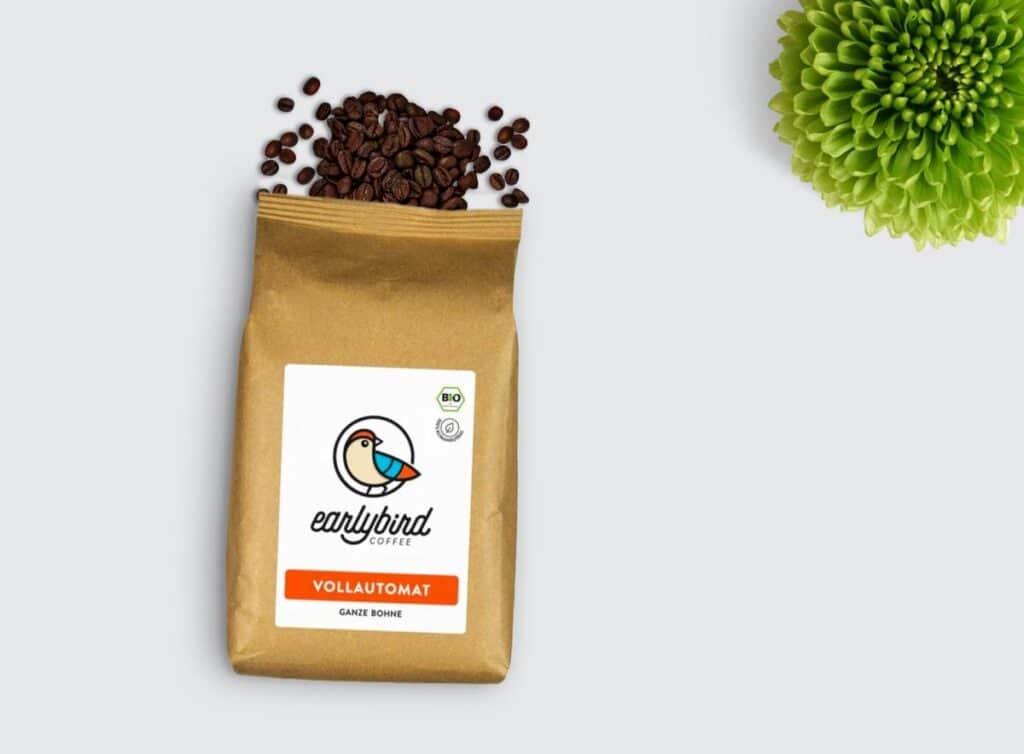
Konklusyon:
The environmental impact of food packaging bags is a pressing issue that requires urgent attention. By understanding the consequences of conventional packaging materials and exploring sustainable alternatives, we can make strides towards a more sustainable and responsible food packaging industry. Embracing biodegradable and compostable materials, promoting recycling and reusability, and encouraging innovation and collaboration will pave the way for a future where food packaging minimizes its environmental footprint and contributes to a healthier planet.
makipag-ugnayan sa aming mga eksperto sa packaging ng pagkain

